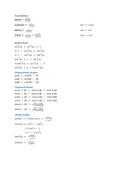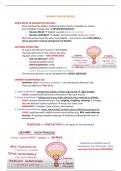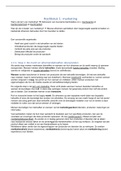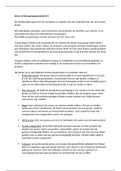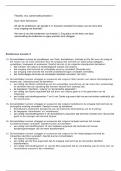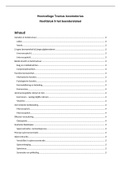Class notes
Maths Formulas and notes
- Course
- Mathematics 144
- Institution
- Stellenbosch University (SUN)
List of all Derivative Formula, Integral Formula, Notes On how to do Trig Substitution, integration by parts, Partial Fractions, Trig Graphs, Inverse Graphs, Logarithmic Derivations and Exponential Derivations
[Show more]
